When organizations look for alternatives to Citrix, they’re often trying to balance cost, performance, and ease of management. Among Citrix competitors, Inuvika OVD Enterprise stands out by offering a Linux-based VDI platform that is more secure, simple to deploy, flexible across hypervisors, and cost-efficient with concurrent-user licensing. Unlike other platforms that add layers of complexity or hidden costs, Inuvika delivers a user-friendly experience for both IT teams and end-users.
Inuvika designed OVD Enterprise to solve the challenges that businesses face with traditional VDI platforms like Citrix DaaS, VMware Horizon and Parallels RAS. By comparing these platforms side by side, it becomes clear why Inuvika is a strong choice among alternatives to Citrix.
Comparing Citrix Competitors: What Matters
When evaluating VDI platforms, IT teams typically look at a few key factors:
- Pricing and licensing: How much does it cost to scale, and is the licensing simple?
- Security: Is it built on Zero Trust principles and how secure is the gateway?
- Deployment complexity: How long and resource-intensive is it to set up the environment and migrate?
- Platform support: Does it work across hypervisors, devices, and operating systems?
- Management: How easy is it for admins to monitor and maintain the environment?
By assessing these areas, businesses can see which Citrix competitors truly meet their needs.
Pricing and Licensing
One of the biggest differentiators for Inuvika OVD Enterprise is our concurrent-user licensing model. You pay only for users actively connected, rather than for every potential user account. This contrasts with Citrix DaaS and VMware Horizon, which, unless you pay a large premium, require named-user or per-device licensing, often leading to more licenses and higher costs than you would need elsewhere.
Parallels RAS also involve additional licensing fees SQL Server licenses, more Windows server licenses and third-party add-ons, further increasing TCO. In contrast, Inuvika includes all necessary components in a single subscription, reducing both cost and administrative overhead. This simplicity is a major reason why IT teams evaluate Inuvika when searching for alternatives to Citrix.
Security
The choice of a Linux-based architecture for Inuvika’s OVD Enterprise is a deliberate one, as Linux is widely considered to be more secure than other operating systems for several key reasons. 90% of ransomware attacks happen in Windows environments, despite there being more Linux environments than Windows worldwide.
Inuvika OVD Enterprise operates on a zero-trust principle, which means it never trusts a user by default, and access is granted only to authorized users, who are sandboxed for specific applications and data. This granular control helps protect sensitive information. OVD Enterprise has built-in 2FA. The Enterprise Secure Gateway provides a secure remote connection without the need for a separate VPN. It uses standard security ports and modern TLS encryption to ensure that all data transferred between the user and their virtual workspace is protected. This also reduces the attack surface compared to solutions that require external gateway components.
Deployment Complexity
Deployment can be a major challenge with traditional VDI solutions. Citrix DaaS and VMware Horizon typically require multiple management servers, databases, and gateways, which can take weeks to configure. Microsoft Remote Desktop Services can be simpler, but often requires extra components for secure external access and it lacks the full feature set of the other products.
In contrast, Inuvika OVD Enterprise can be deployed in hours with a single web-based admin console. The Linux-based platform eliminates the need for multiple servers and complex dependencies, allowing IT teams to start delivering virtual desktops and applications quickly. For businesses exploring alternatives to Citrix, this ease of deployment is a clear advantage.
Cross-Platform and Hypervisor Support
Another important consideration is flexibility. Many Citrix competitors limit you to specific hypervisors or operating systems, which can create vendor lock-in and limit scalability.
Inuvika is designed to be hypervisor-agnostic, supporting any hypervisor, including KVM, ProxmoxVE, VergeOS, Hyper-V, Nutanix AHV, and VMware vSphere. OVD Enterprise also works seamlessly across Windows, Linux, macOS, and thin clients. And Inuvika also sells its own, purpose-built, thin client OS called ResoluteOS. This broad support ensures organizations aren’t locked into a single vendor’s ecosystem and can scale on their terms, an advantage that distinguishes Inuvika from other alternatives to Citrix.
Administration and Management
Managing multiple servers and licenses can be cumbersome with other platforms. Citrix DaaS and VMware Horizon often require specialized training and dedicated administrators. Amazon Workspaces, Parallels RAS, and Microsoft Remote Desktop Services can simplify some tasks, but may lack a fully featured management console.
With Inuvika OVD Enterprise, it provides a single, intuitive web console where admins can monitor users, manage sessions, and deploy applications without juggling multiple tools. This not only saves time, but also reduces operational errors, giving IT teams confidence in managing their virtual desktop environment.
Real-World Benefits
When organizations switch to Inuvika, as an alternative to Citrix, they see tangible results:
- Lower total cost of ownership due to concurrent-user licensing and reduced hardware needs.
- Faster deployment with fewer servers and a simplified architecture.
- Greater flexibility across hypervisors and devices.
- Simplified management with one central admin console.
- Improved user experience with reliable, secure access to applications and desktops.
These benefits make Inuvika a standout among Citrix competitors and alternatives to Citrix, helping businesses achieve more without adding unnecessary complexity.
Why Inuvika Stands Out
Ultimately, businesses evaluating Citrix competitors want a platform that delivers value across performance, cost, and management. Inuvika OVD Enterprise excels in all three areas:
- Simple, predictable pricing with concurrent-user licensing.
- Rapid deployment with fewer servers and dependencies.
- Broad hypervisor and device support for future-proof flexibility.
- Centralized, web-based administration for easy management.
- It scales easily so the deployment can be for SMBs all the way to large enterprise
- Better security
When IT teams consider alternatives to Citrix, these differentiators consistently make Inuvika the platform of choice.
Final Thoughts
Choosing the right VDI solution doesn’t have to be complicated. Among Citrix competitors, Inuvika OVD Enterprise offers a combination of security, simplicity, performance, and cost-efficiency that is hard to match.
By focusing on Linux-based virtualization, concurrent-user licensing, and a user-friendly admin console, Inuvika provides organizations with modern VDI software that saves money, reduces complexity, and scales as needed.
For IT leaders seeking reliable alternatives to Citrix, Inuvika OVD Enterprise isn’t just another option; it’s a smarter, simpler, and more flexible solution.

